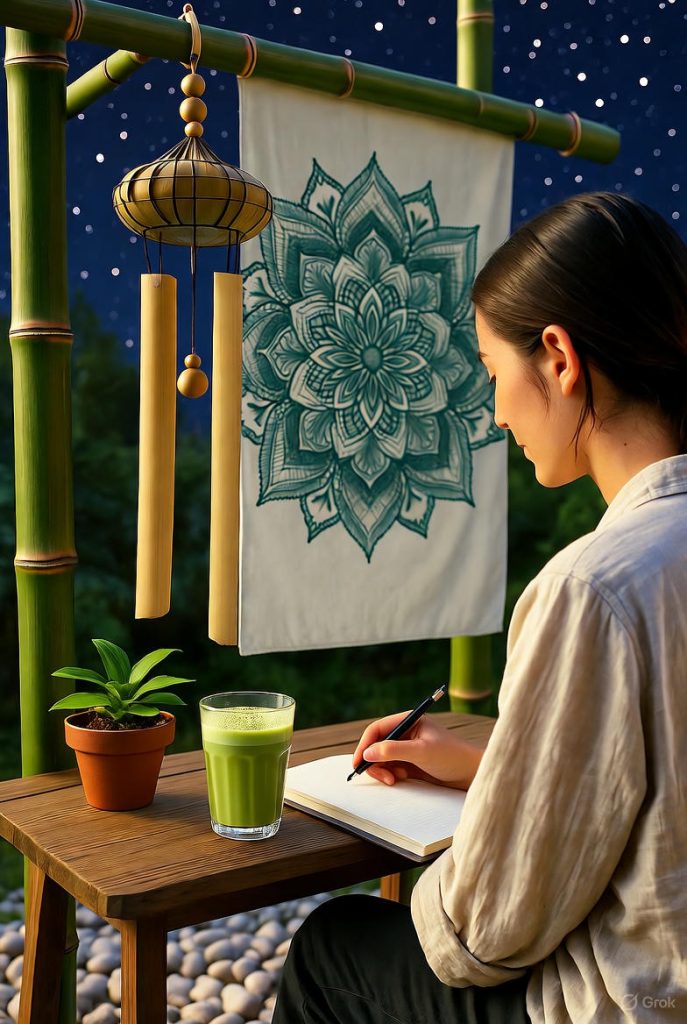Here are 60 additional original, assertive‑style philosophy statements you can use as quotes. Each one is crafted to be bold, thought‑provoking, and ready to stand on its own.
- “Reality bends for those who refuse to be bent.”
- “A mind that settles is a mind that stops evolving.”
- “Speak your convictions louder than the crowd’s doubts.”
- “If you cannot see the path, blaze a new one.”
- “Comfort is the enemy of discovery.”
- “Your thoughts are the architects of tomorrow’s world.”
- “Never let permission be the gatekeeper of ambition.”
- “The strongest truths are forged in the fire of controversy.”
- “Action is the antidote to endless speculation.”
- “When the world tells you ‘no,’ answer with ‘why not?’”
- “A disciplined imagination outpaces any limitation.”
- “Your values are the compass; let them steer you through storms.”
- “If you’re not challenging the obvious, you’re living in the shadows.”
- “Bold ideas demand bold execution.”
- “The only acceptable surrender is to ignorance.”
- “Question the rules before you accept the results.”
- “Fear is a signal, not a stop sign.”
- “Your integrity is the foundation on which all success rests.”
- “Innovation thrives where complacency dies.”
- “Don’t wait for the perfect moment; create it.”
- “A restless mind never settles for mediocrity.”
- “Your purpose is a declaration, not a discovery.”
- “If you can imagine it, you can engineer it.”
- “The loudest silence is the one you keep to yourself while acting.”
- “Every obstacle is a rehearsal for a greater triumph.”
- “Stand firm in your beliefs, but stay flexible in your methods.”
- “The future respects those who shape it, not those who observe it.”
- “Your doubts are the raw material for decisive breakthroughs.”
- “Never trade authenticity for acceptance.”
- “A clear vision cuts through the fog of uncertainty.”
- “If you’re not uncomfortable, you’re not pushing limits.”
- “Your convictions are the scaffolding of societal evolution.”
- “The most powerful weapon against stagnation is relentless curiosity.”
- “Don’t let the noise of others drown the sound of your own reason.”
- “Progress is the child of persistent questioning.”
- “Your legacy begins the moment you decide to act on your ideals.”
- “If you accept the status quo, you consent to its flaws.”
- “The greatest risk is assuming you have nothing to lose.”
- “A mind that embraces paradoxes becomes unstoppable.”
- “Let your actions be the proof your philosophy needs.”
- “When certainty fades, confidence in your process remains.”
- “Your perspective shapes the world more than any external force.”
- “Never underestimate the power of a single, well‑placed idea.”
- “If you’re not challenging yourself, you’re challenging nothing.”
- “The most resilient belief is one tested by adversity.”
- “Your voice matters most when it speaks truth to power.”
- “A disciplined heart can turn chaos into opportunity.”
- “Don’t chase applause; chase impact.”
- “Your doubts are invitations to dig deeper, not excuses to retreat.”
- “If you can’t find a path, carve one with conviction.”
- “The strongest arguments are lived, not merely spoken.”
- “Never let the fear of failure eclipse the thrill of possibility.”
- “Your mind is a laboratory; experiment without fear of error.”
- “When the world says ‘impossible,’ respond with ‘watch me.’”
- “True wisdom is the courage to admit you don’t know everything—and then to learn anyway.”
- “Your standards set the ceiling for what you’ll achieve.”
- “If you’re not shaping the narrative, someone else will.”
- “The most compelling philosophy is one that fuels action.”
- “Never compromise the core of who you are for temporary convenience.”
- “Your resolve today writes the history of tomorrow.”
Feel free to mix, match, or adapt any of these to fit the tone and audience you have in mind!



